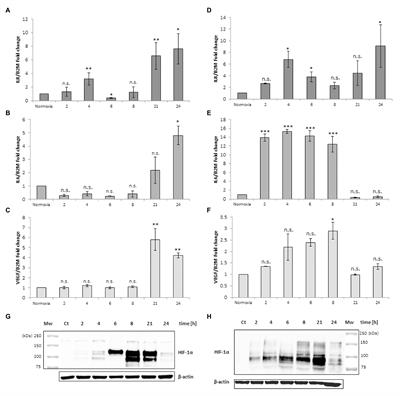EDITORIAL
Published on 29 Apr 2022
Editorial: Human Molecular and Physiological Responses to Hypoxia
doi 10.3389/fphys.2022.888005
- 914 views
- 2 citations
9,521
Total downloads
35k
Total views and downloads
EDITORIAL
Published on 29 Apr 2022
ORIGINAL RESEARCH
Published on 25 Oct 2021
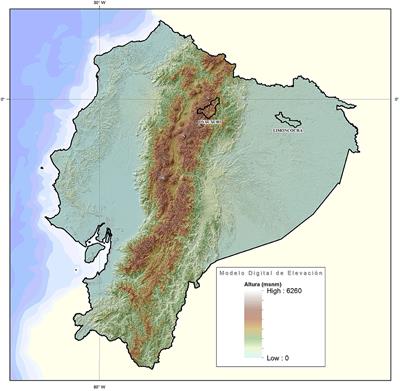
ORIGINAL RESEARCH
Published on 15 Oct 2021
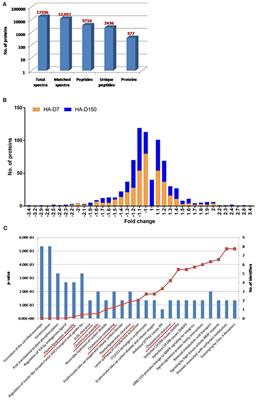
BRIEF RESEARCH REPORT
Published on 27 Sep 2021

ORIGINAL RESEARCH
Published on 21 Sep 2021
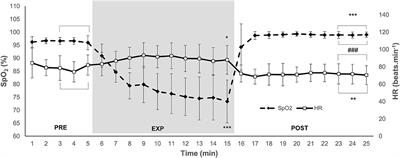
ORIGINAL RESEARCH
Published on 13 Sep 2021
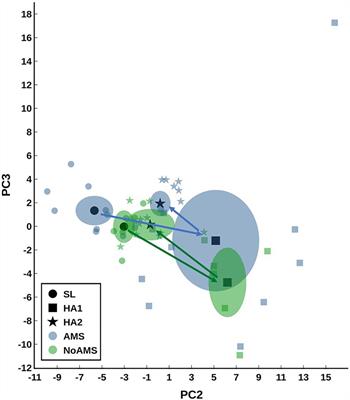
MINI REVIEW
Published on 23 Aug 2021

ORIGINAL RESEARCH
Published on 28 Apr 2021
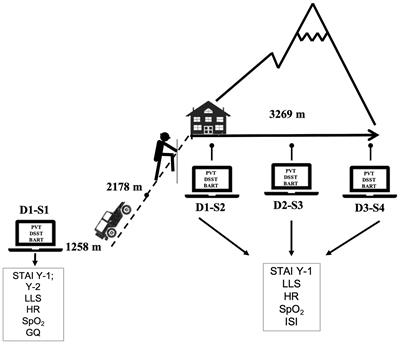
ORIGINAL RESEARCH
Published on 26 Mar 2021
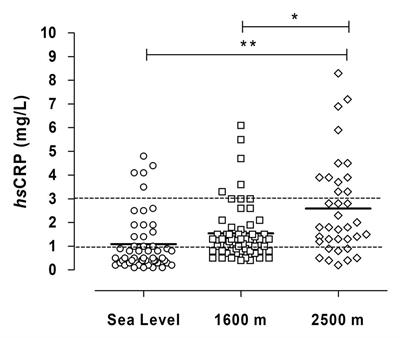
ORIGINAL RESEARCH
Published on 24 Feb 2021
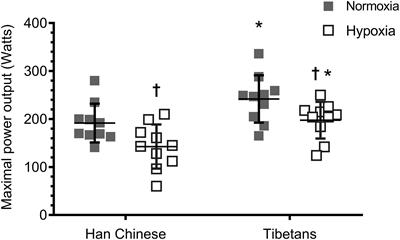
BRIEF RESEARCH REPORT
Published on 18 Feb 2021
